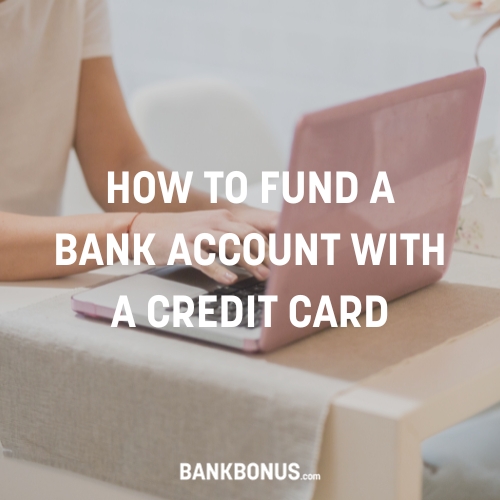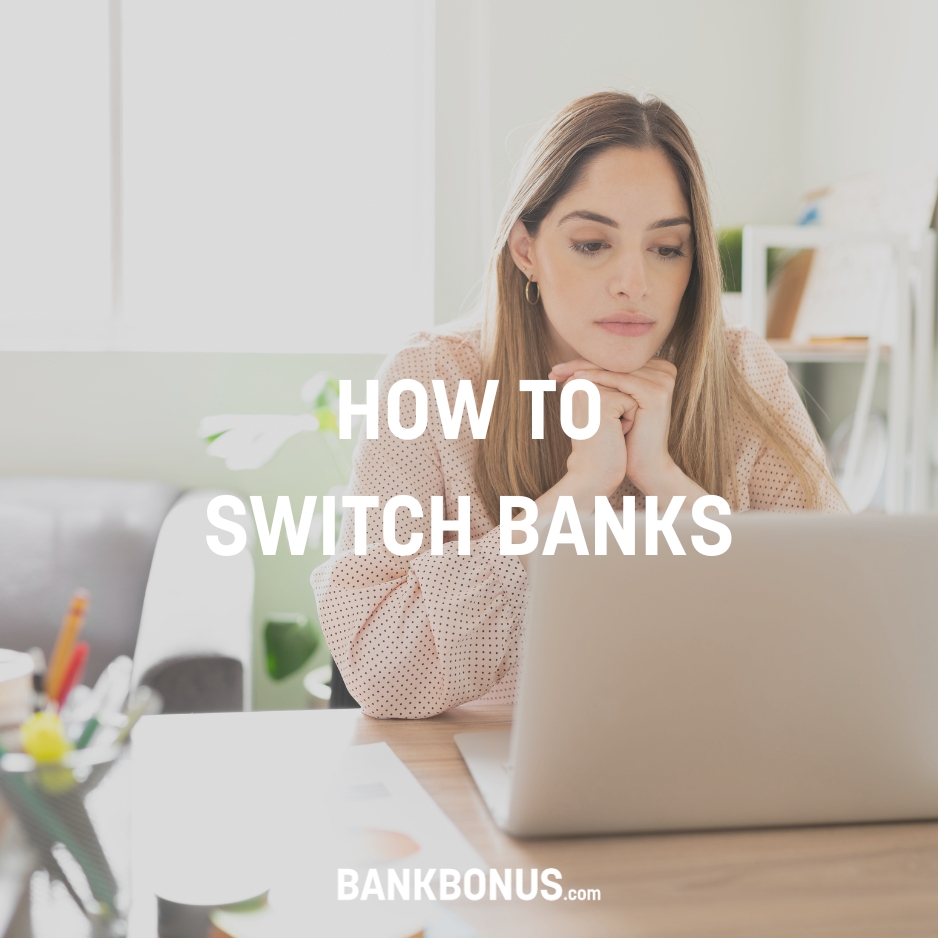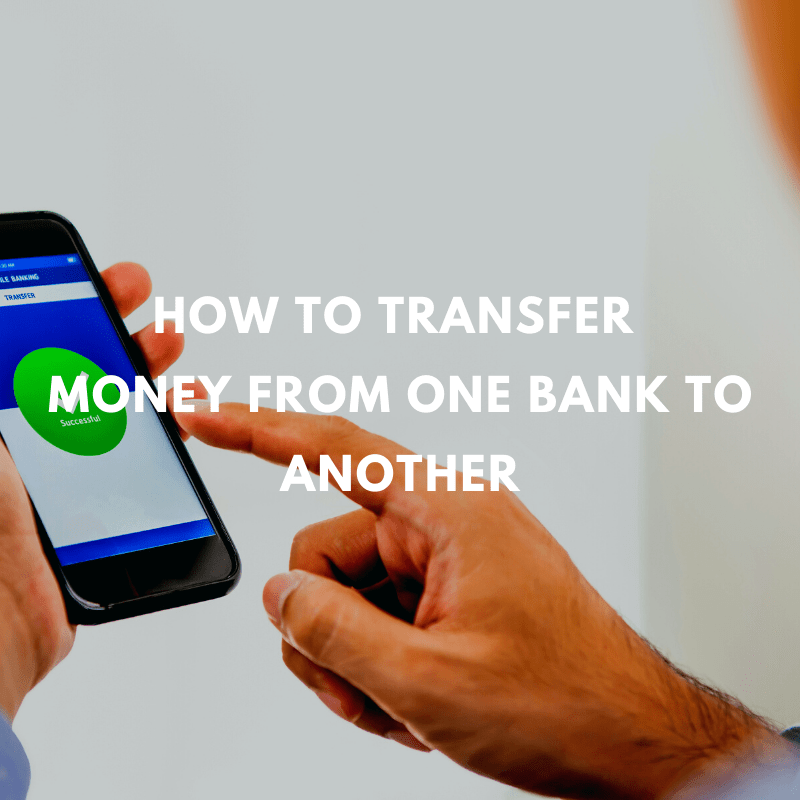There are many ways to turn your Bitcoin into cash. Whether you’re looking to withdraw a small amount of BTC or as much as a whole Bitcoin, choosing the right cash-out method and exchange platform is key.
The wrong tool can hugely impact profitability and leave you with less than you expected. Many markets will also limit the amount of money you can withdraw in a single day or transaction.
In this post, we’ll mainly be focusing on how to withdraw Bitcoin to USD. While some of the information could apply to withdrawing to GBP or EUR, make sure you double-check whether these currencies are supported before choosing your service.
How to Withdraw Bitcoin to Your Bank Account
When withdrawing your BTC into your bank account, you essentially sell Bitcoin for cash. Several tools and platforms are available, and several things to remember to ensure your withdrawal is a success.
Exchanging Bitcoin for money isn't always as straightforward as you might think. You need to consider several things, especially if you want to make a large profit.
Here is what to consider before withdrawing Bitcoin to your bank account:
- Crypto wallet: You can store Bitcoin in different wallets, including hosted, non-custodial (external wallets), and hardware wallets. While this will not necessarily limit how you can sell your Bitcoin, it may affect how much fees you pay and the process of selling crypto.
- Transaction fees: Depending on how you choose to exchange BTC to USD (or any other currency), you might need to pay a transaction fee to the transaction processor. Fees will vary according to how you decide to process the transaction, but it’s always worth checking beforehand. Doing so will help you ensure you do not suffer a loss.
- Withdrawal fees: Once you’ve exchanged Bitcoin for USD, you may need to pay a fee to withdraw that money to your bank account. Check applicable fees beforehand to avoid nasty surprises down the line since you would have already exchanged your crypto to USD at this point.
- Withdrawal limits: Depending on how you sell Bitcoin and withdraw the money, you may encounter limits at either point. Since the value of Bitcoin can reach tens of thousands (and potentially more), exchanges may limit how much Bitcoin you can sell and how much money you can withdraw. Market considerations and AML (Anti-Money Laundering) regulations may place a hard limit, as can your type of account.
- Taxes: If you profit from your Bitcoin trading, you may be liable to pay tax on capital gains. The exchange may also inform the IRS of how much money you have made, so hiding your profit is not advised. If you’re not sure whether you need to inform the IRS, speak to a tax advisor who will be able to guide you accordingly.
Top 5 Tools to Cash Out Bitcoin
There are numerous ways available to cash out Bitcoin. As discussed above, you should do a few things before deciding how to withdraw Bitcoin to your bank account.
Take the time to understand where you stand, as this will make cash withdrawals far easier in the future. While this may limit your options, it will leave you with more money in your pocket – which is always a good thing.
Here are the most popular and easiest ways to cash out Bitcoins:
Coinbase
Coinbase is a cryptocurrency exchange based in the United States. It allows you to sell and buy Bitcoin and even comes with a Visa Coinbase card that allows you to spend your crypto without converting it into dollars.
Using the Coinbase card can save you a lot of hassle and time, and Bitcoin is automatically converted to USD. You can even use the card to withdraw cash from any ATM that accepts Visa.
Bitstamp
Bitstamp is a Bitcoin exchange that accepts other cryptocurrencies, including Ethereum (ETH) and many others. It is mostly aimed at professional traders. That said, it lets those new to crypto buy and sell different cryptocurrencies.
You can sell crypto through their app or use the fully-fledged Tradeview to view all the information you need to make your trades successful.
Kraken
Kraken is a crypto exchange offering other blockchain-based trading such as NFTs. You can easily see both buy and sell exchange rates, making it easier to determine how much money you’ll get once you convert your BTC to USD.
Kraken promises high liquidity, which makes it easier to sell Bitcoin. All fees are listed on their website, and they also offer customer support through live chat and a Help Centre.
PayPal
You can also use PayPal to buy and sell several cryptos, with four available now, including Bitcoin. Once the money is in your PayPal account, you can do a bank transfer to your account, which takes one business day. You can also use PayPal for P2P selling.
You will need to place your Bitcoin in escrow until funds clear when the crypto held in escrow is released.
Bitcoin ATMs
Several exchanges offer Bitcoin debit cards that can be used at Bitcoin ATMs to withdraw money directly. This type of ATM is not very common, so you might be hardpressed to find a local one.
Transaction fees also tend to be very high, so proceed with caution.
Should You Transfer Bitcoin To Your Bank Account?
There could be many reasons why you would want to transfer Bitcoin into your account. Most people fall into two categories (or both), which we will discuss briefly.
Of course, you might have other reasons why you might want to sell your Bitcoin since everyone’s financial situation and investment strategies are different. But the two reasons we’re about to lay out happen to be the most common ones.
Volatility
Bitcoin, along with the other cryptocurrencies, is a heated and somewhat controversial topic. Adherents believe that cryptocurrencies will replace fiat currencies one day. Others think cryptocurrency, including Bitcoin, is a scam that’ll leave you broke. The truth, of course, lies somewhere in between.
While the adherents have a consensus that Bitcoin is useful, many don’t know what it is useful for. Because of this, cryptocurrencies like Bitcoin are very volatile.
Here, volatility means that Bitcoin tends to gain and lose considerable value over a very short period. These gains and losses tend to be substantial, often leading to panic selling.
Panic selling happens when Bitcoin loses value over a short time. Some Bitcoin holders panic when they see these losses, and instead of riding it out (keeping the Bitcoin until its value grows), they sell it to avoid any more losses.
The more people sell their Bitcoin, the more it makes others panic, which only makes things worse and causes even more panic and selling. The quick Bitcoin sales lead to an oversupply, driving the price down and the panic up. You get the picture.
Fiat currencies (like USD) are managed by a central bank, with controls to ensure that these currencies don’t lose too much value too quickly. These controls don’t exist when it comes to Bitcoin – the whole idea with Bitcoin was to remove the central bank. That may explain why Bitcoin is so alluring to many – its value can grow exponentially almost overnight. The only downside – it can drop just as quickly.
Availability
Bitcoin is by far the most known cryptocurrency. Even so, not many businesses accept it as a form of payment. There are many reasons for this, one of them being volatility, as discussed above.
Businesses wouldn’t be able to survive for very long if they could not exchange Bitcoins for fiat currencies because of a drop in value. Cash flow is critical for businesses, and having money stuck for months on end until it recuperates value is not something many businesses are willing to risk.
Another reason a business might not accept Bitcoin as payment is the extra overheads involved in exchanging the cryptocurrency for money they can use to pay suppliers and wages. Of course, there might be other reasons why a business might not accept Bitcoin as a form of payment, and since it is not legal tender, they have every right to do so.
As such, you might need to exchange Bitcoin for USD to finance a purchase from a business that does not accept Bitcoin as a form of payment.
Frequently Asked Questions
Can I cash out Bitcoin to my bank account?
Yes, you can withdraw Bitcoin to a bank account, and there are many ways to do so. You first need to convert your Bitcoin into a fiat currency with several options available, including exchanges, P2P, and Bitcoin ATMs being some of the most common.
Once you have fiat funds, you can easily do a bank transfer into your account.
If you use P2P, you can have money deposited to PayPal or your bank account directly. On the other hand, Bitcoin ATMs will give you cold hard cash, which you can deposit to your bank account using a traditional ATM.
Can Bitcoin be withdrawn as cash?
Yes, Bitcoin can be withdrawn as cash. If you want physical cash, you can use a Bitcoin ATM, which allows you to exchange Bitcoin and withdraw it as dollars straight away.
Alternatively, you can sell Bitcoin and then transfer the money to your bank account.
How do I get money out of my Bitcoin account?
The first step to getting money out of your Bitcoin account is to sell your Bitcoin. Once you’ve exchanged your Bitcoin for a fiat currency such as USD, you can withdraw it to your bank account.
Can I transfer money from my bank account to a Bitcoin wallet?
Yes. Using an exchange will offer many payment methods, including ACH bank transfers and credit card or debit card purchases. Bitcoin will be purchased at the exchange rate at the time, with different rates, depending on whether you’re buying or selling. Additional fees may also apply.





Comments are closed.
Comments are closed here.